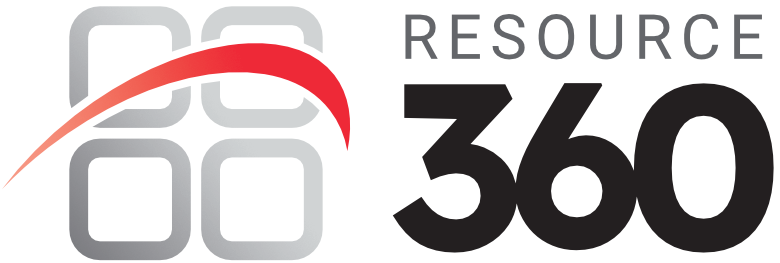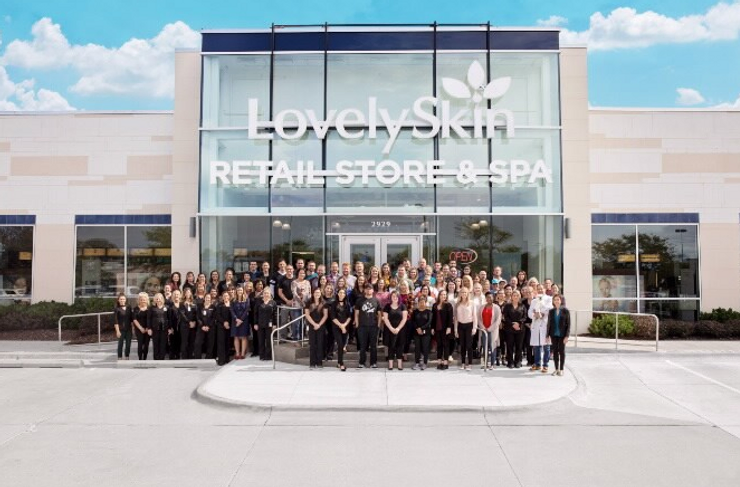Ian McCue, Senior Associate Content Manager
In 1997, Amazon and eBay were just two years old, and Walmart.com had been around for just a year. And it was that year that Dr. Joel Schlessinger first had the idea to sell skin care products online.
A full-time, board-certified dermatologist, Schlessinger hired a few developers to build a shopping cart for what was his informational dermatology site, LovelySkin.com, and the ecommerce site took its first orders in January 1999. Schlessinger already had a successful medical practice in Omaha, Neb., and saw the online store as a way to give more people access to a wide selection of skin care solutions and assist patients who had moved away but still needed skincare products.
What started as a tiny subsidiary of the medical practice became a successful business in its own right. LovelySkin partnered with more brands and expanded its product catalog to include makeup and cosmeceuticals, hair care and skin care products, and hair care tools. LovelySkin even developed its own skin care lines, including AFA™ gels and moisturizers and FixMySkin healing balm, which Schlessinger developed with his son, Daniel Schlessinger, MD, when Daniel was just 12 years old.

More than two decades after Schlessinger founded the company, it’s busier than ever. Like many online retailers, LovelySkin saw demand for its products spike during the coronavirus outbreak. Revenue was up 100% year-over-year in April and 50% in May. Two things contributed to that spike: competitors that relied on Fulfillment By Amazon (FBA) not being able to ship their goods to Amazon warehouses for nearly a month when it only accepted essential products and shoppers who couldn’t leave their house, no less visit local retailers, to get products.
LovelySkin also has an Amazon storefront, where orders rose from 2,000 to 6,000 per day from March to late April.
“It’s been a very significant increase,” Schlessinger said. “Clearly not every business has experienced such an impact – we consider ourselves to be incredibly fortunate. I am also very grateful that we were prepared to both scale and pivot as necessary.”
During that spike, the company had the right people and tools to keep up with the rush of orders. But that wasn’t always the case.

